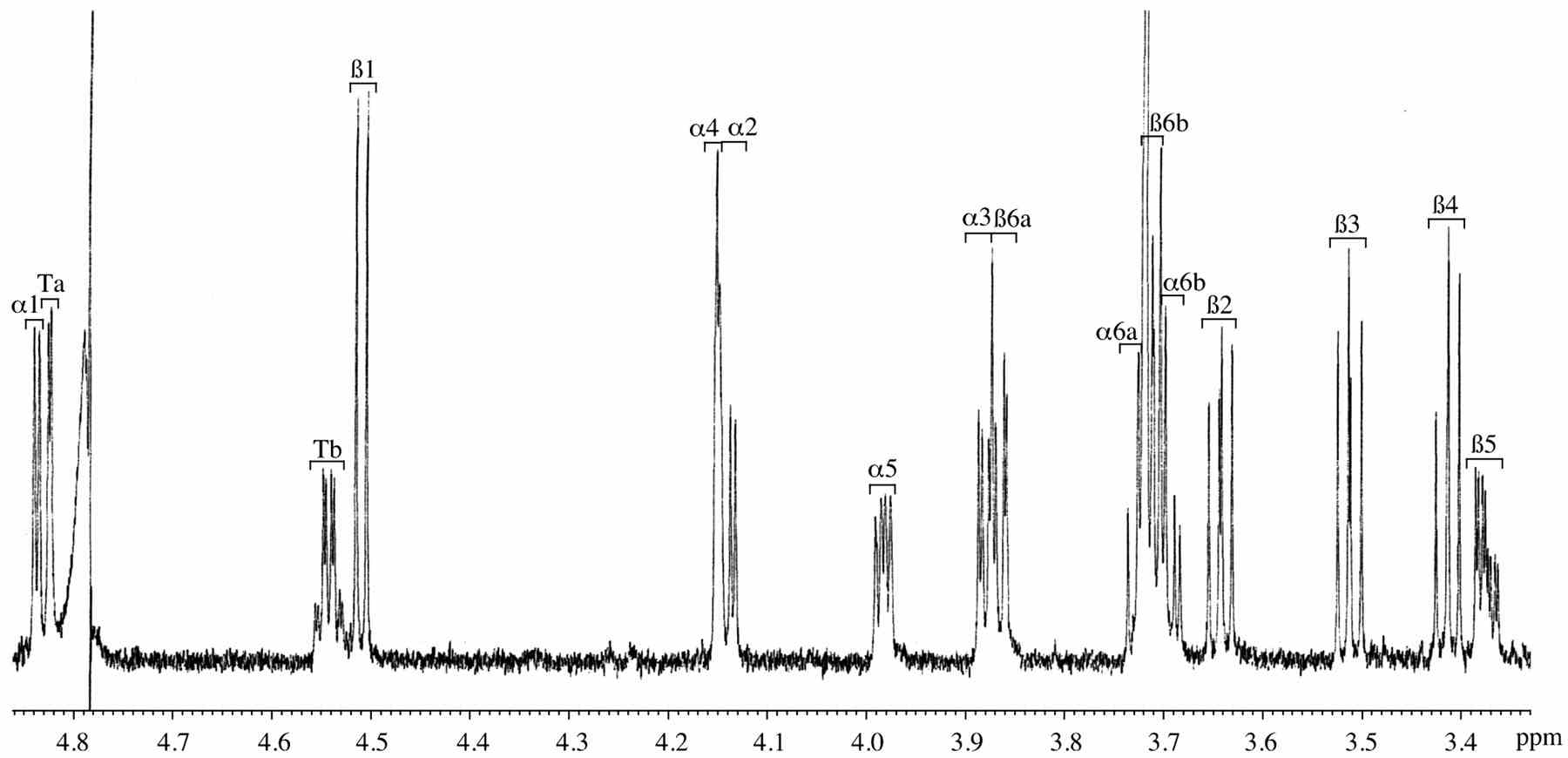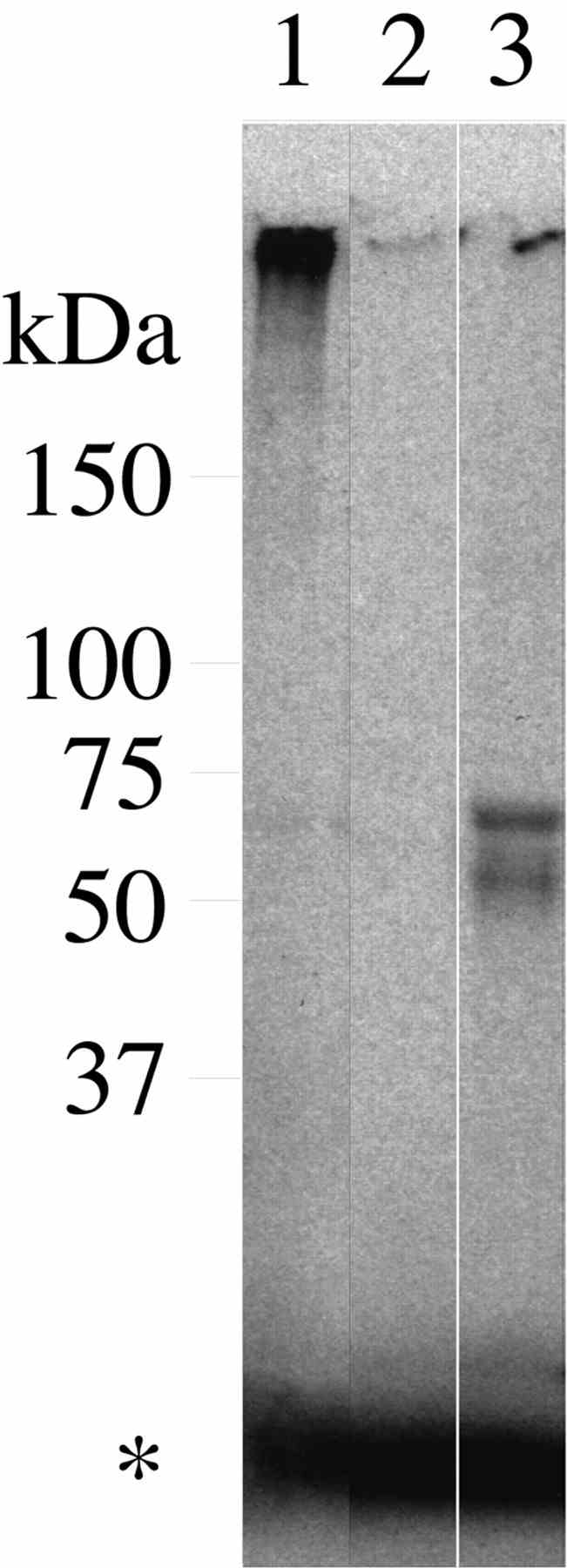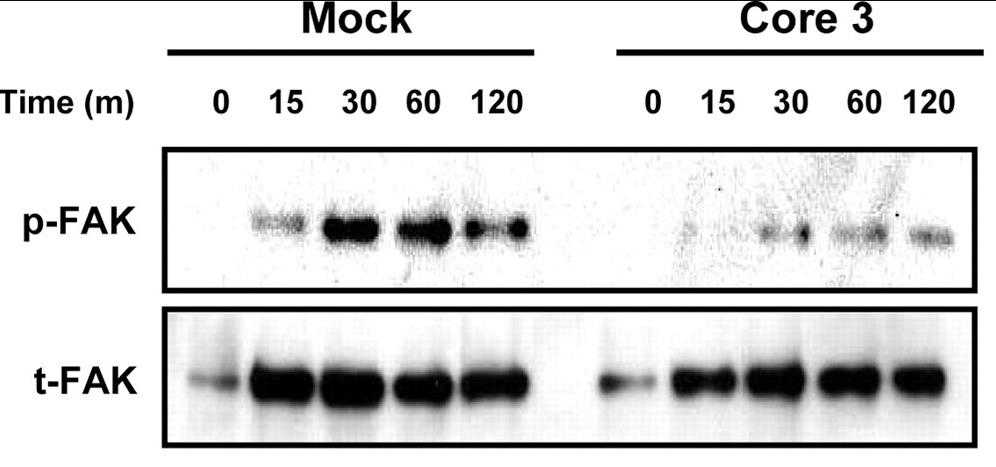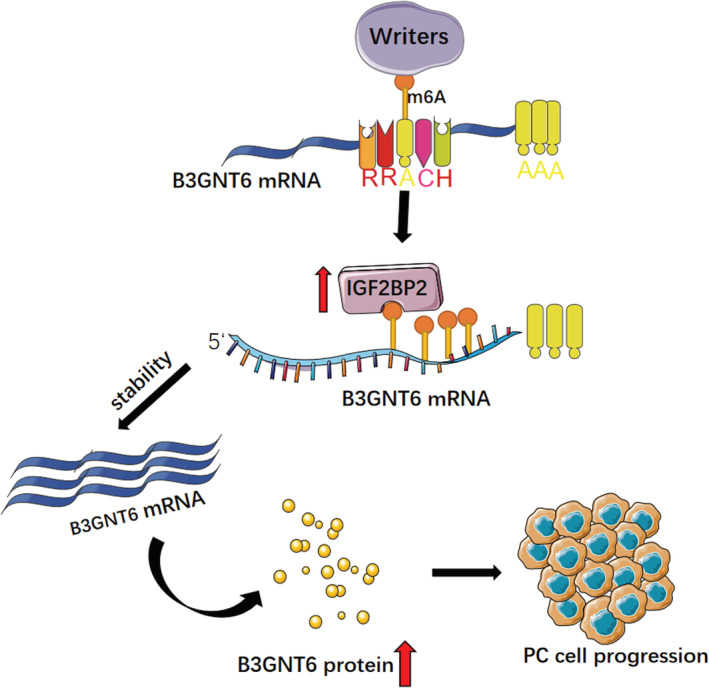Recombinant Human B3GNT6 protein(Gln44-Ser384), His-tagged
| Cat.No. : | B3GNT6-8635H |
| Product Overview : | Recombinant Human B3GNT6 (NP_619651.3)(Gln44-Ser384) was expressed in Insect Cells, fused with a polyhistide tag at the N-terminus. |
- Specification
- Gene Information
- Related Products
- Case Study
- Application
- Download
| Species : | Human |
| Source : | Insect Cells |
| Tag : | His |
| Protein Length : | Gln44-Ser384 |
| Form : | Lyophilized from sterile 20mM Tris, 500mM NaCl, pH 8.0, 10% gly Normally 5 % - 8 % trehalose, mannitol and 0.01% Tween80 are added as protectants before lyophilization. |
| Molecular Mass : | The recombinant human B3GNT6 consists of 357 amino acids and has a calculated molecular mass of 40 kDa. The recombinant protein migrates as an approximately 47 kDa band in SDS-PAGE under reducing conditions. |
| Endotoxin : | < 1.0 EU per μg of the protein as determined by the LAL method. |
| Purity : | > 90 % as determined by SDS-PAGE |
| Storage : | Samples are stable for up to twelve months from date of receipt at -20°C to -80°C. Store it under sterile conditions at -20°C to -80°C. It is recommended that the protein be aliquoted for optimal storage. Avoid repeated freeze-thaw cycles. |
| Reconstitution : | It is recommended that sterile water be added to the vial to prepare a stock solution of 0.2 ug/ul. Centrifuge the vial at 4°C before opening to recover the entire contents. |
| Gene Name | B3GNT6 UDP-GlcNAc:betaGal beta-1,3-N-acetylglucosaminyltransferase 6 (core 3 synthase) [ Homo sapiens ] |
| Official Symbol | B3GNT6 |
| Synonyms | B3GNT6; UDP-GlcNAc:betaGal beta-1,3-N-acetylglucosaminyltransferase 6 (core 3 synthase); UDP-GlcNAc:betaGal beta-1,3-N-acetylglucosaminyltransferase 6; B3Gn T6; BGnT-6; beta3Gn-T6; beta-1,3-Gn-T6; core 3 synthase; beta-1,3-N-acetylglucosaminyltransferase 6; beta-1,3-N-acetylglucosaminyltransferase protein; B3Gn-T6; IMAGE:4907098; MGC119334; MGC119336; MGC119337; |
| Gene ID | 192134 |
| mRNA Refseq | NM_138706 |
| Protein Refseq | NP_619651 |
| UniProt ID | Q6ZMB0 |
| ◆ Recombinant Proteins | ||
| B3GNT6-2207H | Recombinant Human B3GNT6 Protein, MYC/DDK-tagged | +Inquiry |
| B3GNT6-11H | Recombinant Human B3GNT6 Protein (AA 35-384), N-6×His/GFP tagged | +Inquiry |
| B3GNT6-4017H | Recombinant Human B3GNT6 Protein, Myc/DDK-tagged, C13 and N15-labeled | +Inquiry |
| B3GNT6-2244M | Recombinant Mouse B3GNT6 Protein | +Inquiry |
| B3GNT6-933M | Recombinant Mouse B3GNT6 Protein, His (Fc)-Avi-tagged | +Inquiry |
| ◆ Cell & Tissue Lysates | ||
| B3GNT6-001HCL | Recombinant Human B3GNT6 cell lysate | +Inquiry |
Case 1: Iwai T, et al. J Biol Chem. 2002
The core 3 structure of O-glycan is crucial for making mucin-type glycoproteins. It's created by the enzyme beta3Gn-T, particularly the form known as beta3Gn-T6, which adds GlcNAc to GalNAc. This structure pops up mainly in the mucins of the stomach, small intestine, and colon. Scientists discovered a new part of the human beta3Gn-T family and called it beta3Gn-T6, thinking it acts as a type II membrane protein. Studies using insect cells confirmed its activity, and its presence was largely detected in gastrointestinal tissues, particularly the stomach, colon, and small intestine, through real-time PCR analysis.

Fig1. One-dimensional 1H NMR spectrum of the β3Gn-T6 product.

Fig2. Assay to determine the β3Gn-T6 activity toward BSM, fetuin, and asialofetuin.
Case 2: Lee SH, et al. J Biol Chem. 2009
While many studies focus on carbohydrates that are abundant in cancer cells, few explore those in normal cells that decrease in cancer. Core3 O-glycans are produced in normal gastrointestinal cells but drop in cancer cells. To investigate, PC3 and LNCaP prostate cancer cells were engineered to express beta3-N-acetylglucosaminyltransferase-6, needed for core3 O-glycans. These modified cells showed less movement and invasion through matrix components compared to controls. The presence of core3 O-glycans impacted alpha2beta1 integrin, lessening its maturation and complex formation, leading to reduced cell structure changes and signaling. In mouse models, PC3 cells with core3 O-glycans formed smaller tumors and showed no metastasis, while LNCaP cells with core3 conditions produced minimal tumors.

Fig1. FAK phosphorylation is impaired in PC3-core3 cells.

Fig2. β1 integrin was immunoprecipitated (IP) with rabbit anti-β1 integrin.
Recombinant Human B3GNT6 (rhB3GNT6) is a significant enzyme in glycobiology. It plays a major role in the synthesis of mucin-type O-glycans. In research, rhB3GNT6 helps scientists explore how O-glycans are made, which is crucial for building mucin-type glycoproteins. This enzyme is essentially a β-1,3-N-acetylglucosaminyltransferase that forms a core 3 structure, vital in the pathway. It's particularly important in digestive organs, influencing the diverse structures and functions of glycoconjugates. Studies show that B3GNT6 might be a marker to differentiate benign from potentially malignant lesions in gastric and colorectal areas, and its reduction is linked to some cancers.
In the industrial scene, rhB3GNT6 is used for making therapeutics and diagnostics, especially targeting cancer. Its expression mainly in the stomach, colon, and small intestine makes it valuable for therapies impacting mucin-type O-glycan synthesis. Producing rhB3GNT6 industrially ensures consistent research reagents, enhancing experiment reliability. Moreover, its role in cancer progression marks it as a potential target, with impacts on mucin production affecting bacteria clearance, inflammation, and consequently cancer development.

Fig1. Mechanism diagram of IGF2BP2 promoting B3GNT6 expression via m6A methylation. (Pei Cao, 2023)
Not For Human Consumption!
Inquiry
- Reviews
- Q&As
Ask a Question for All B3GNT6 Products
Required fields are marked with *
My Review for All B3GNT6 Products
Required fields are marked with *
Inquiry Basket


